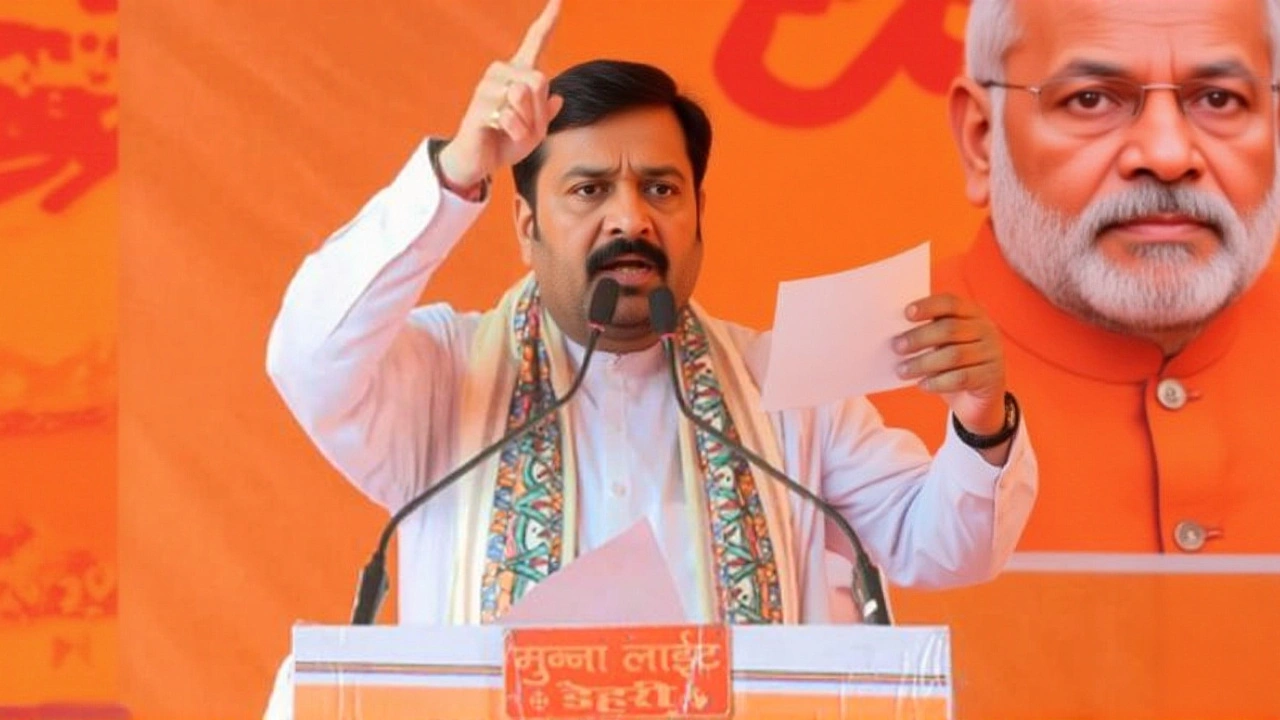Switching from Gmail to Zoho Mail is simple: enable IMAP, generate an app password, and use Zoho's migration wizard. Enjoy an ad‑free, privacy‑focused inbox.
Gmail – Your Complete Email Companion
When working with Gmail, Google’s free web‑based email platform that blends fast messaging with powerful organization tools. Also known as Google Mail, it lets users send, receive, and search billions of messages from any device.
Email, the digital method of sending messages over the internet is the backbone of modern communication. Gmail builds on that backbone by adding labels, smart replies, and powerful search, turning a simple inbox into a productivity hub. Because email is universal, Gmail can exchange messages with Outlook, Yahoo, and any other provider without a hitch.
Google Workspace, the suite of cloud‑based tools that includes Docs, Drive, Calendar, and Gmail makes the email experience collaborative. When you attach a Drive file, a colleague can edit it without leaving the conversation. This integration shows how Gmail requires a Google account, which also unlocks shared calendars and video meetings—all from the same login.
One of Gmail’s most talked‑about features is its Spam Filtering, an AI‑driven system that catches unwanted mail before it reaches your inbox. The filter learns from what you mark as spam, so it constantly improves. That means you spend less time deleting junk and more time reading the messages that matter.
Key Features That Set Gmail Apart
Gmail’s search works like Google Search. Type a sender’s name, a keyword, or even "has:attachment" and the results appear instantly. Labels replace folders, letting you tag a single email with multiple categories. Undo Send gives you a short window to retract a message after hitting send—a lifesaver for rushed replies.
For developers, the Gmail API, a set of RESTful endpoints that let apps read, send, and organize mail programmatically opens doors to custom workflows. Companies use it to pull support tickets from email, auto‑sort newsletters, or trigger notifications in other systems. This API shows how Gmail enables automation beyond the standard UI.
Security is tight. Two‑step verification, phishing alerts, and encrypted connections keep your inbox safe. Because Gmail runs on Google’s infrastructure, downtime is rare and updates happen silently, so you always have the latest features without manual installs.
Mobile users benefit from a responsive design and native apps for Android and iOS. Offline mode caches recent messages, letting you compose replies even without internet. Once you’re back online, everything syncs automatically, keeping the experience seamless across devices.
All these pieces—email basics, Workspace integration, spam protection, API flexibility, and mobile readiness—form a cohesive ecosystem. Below you’ll find a curated collection of articles that dive deeper into each area, from practical how‑tos to advanced development tips. Explore the list to boost your Gmail efficiency and discover new ways to make the platform work for you.
